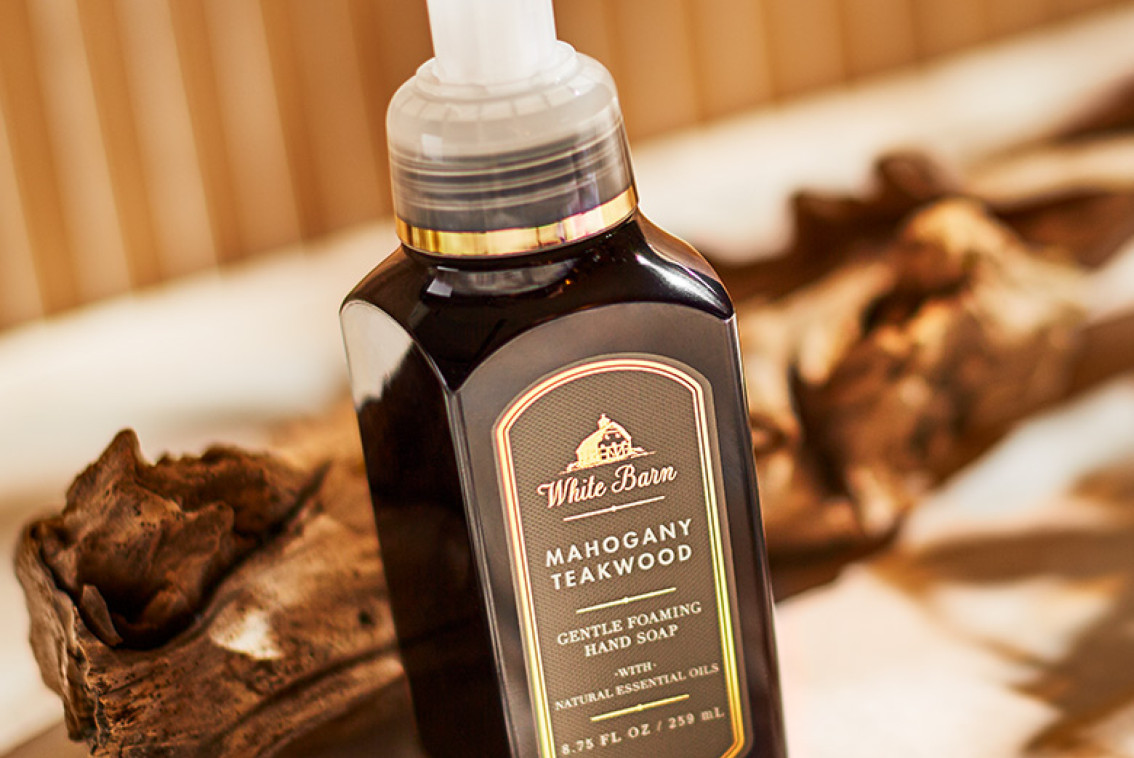We know how important it is for our customers to have access to the information that they need to make informed decisions on what products they choose to bring into their homes and around their families.
That’s why we are committed to product transparency as part of our ESG journey. Ingredients are on all product labels. In addition, we currently disclose ingredients online for home fragrance products. We aim to expand ingredient disclosures on our website to soaps, sanitizers and body care by 2025. In the meantime, we encourage customers who have a question about ingredients in our products to contact our Customer Care.

